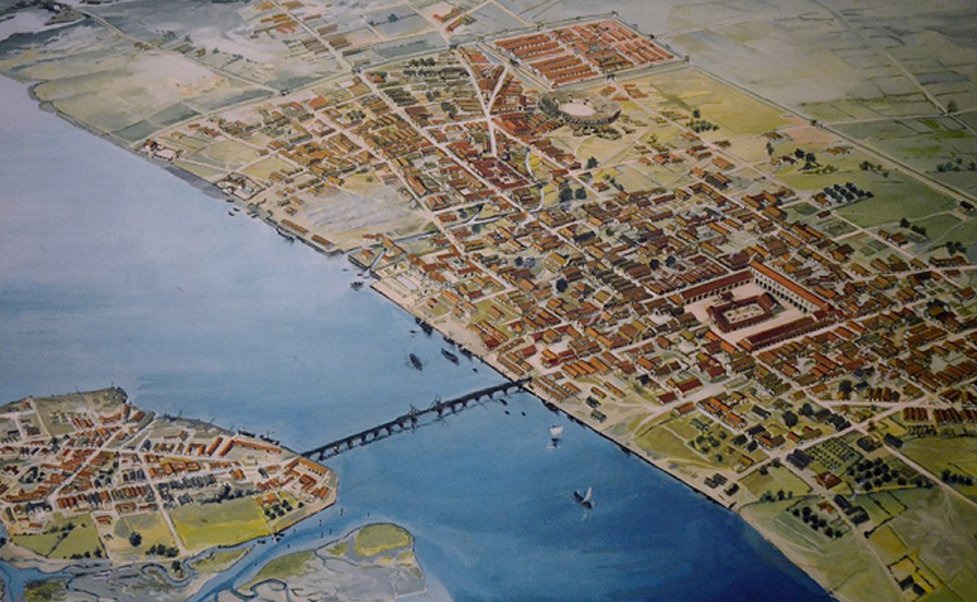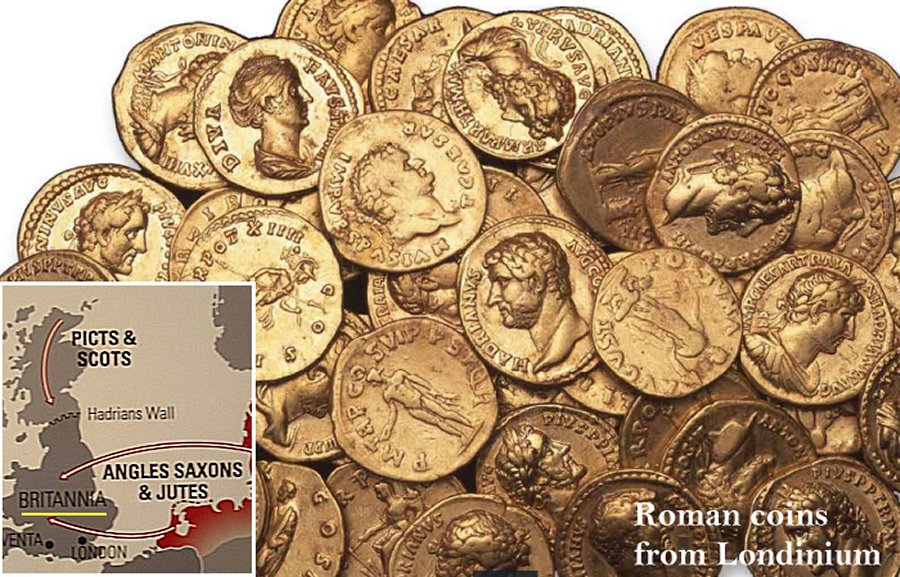Londinium: Ancient Roman Outpost That Became Powerful City Of London
A. Sutherland - AncientPages.com - The Romans established Londinium on the current site of the City of London around 43 AD.
Reconstruction drawing of Londinium c. 120 AD. Image credit: Carole Raddato - CC BY-SA 2.0
The first definite mention of the city refers to the year 60 in the writings of Tacitus, the Roman historian, and senator, who wrote of a celebrated center of commerce filled with traders.
Londinium was equipped with massive defenses: several forts were built along with the immense London Wall, remains of which are still recognizable in the city.
By the reign of Hadrian, Britannia was a fully developed province of the Roman Empire. One of the Roman outposts was Londinium, which eventually became one of the world's most famous modern cities - London.
Initially, Londinium was just a small military outpost occupying a relatively small area of 1.4 km2 (0.5 sq mi), but the city grew rapidly. By the turn of the century, Londinium had grown to about 60,000 people,
Its access to the River Thames and the North Sea also contributed to the city's importance and turned it into a thriving and influential provincial capital and major port.
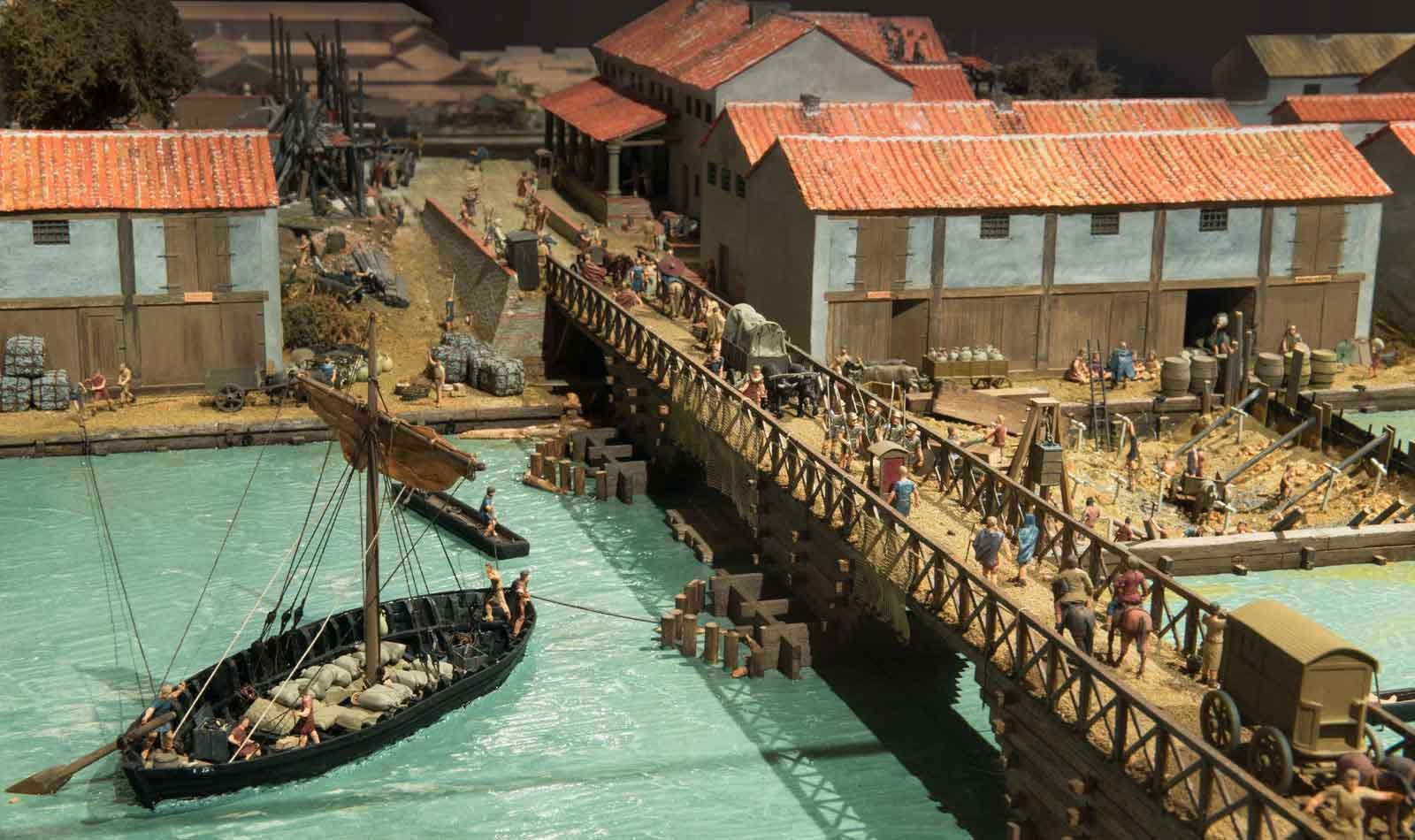 Londinium Bridge. This model shows how the Romans built the first bridge across the River Thames, where London Bridge now stands. Credits: Museum of London
Londinium Bridge. This model shows how the Romans built the first bridge across the River Thames, where London Bridge now stands. Credits: Museum of London
Londinium was not only the center of commerce but also the seat of government. By the 2nd century AD., Londinium was a large Roman city with tens of thousands of inhabitants. Richer and noble people's homes had wall paintings and mosaic floors; many lived in villas and palaces.
They had to their disposal temples, large forums, and baths. Ordinary people lived in tiny houses with front doors and workshops behind. Soldiers lived in the fort, outside the central part of the town.
The city was equipped with massive defenses: several forts were built along with the immense London Wall, remains of which are still recognizable in the city. The Romans also built heavy fortifications for the town, constructing several forts and the massive London Wall, approximately 14.5 feet thick and at least 20 feet high.
Parts of this construction are still visible across the city today. Londinium's well-built roads linked it with several other, smaller towns and continued to the borders of Britannia. The countryside's landscape, dotted with well-developed farms, surrounded Londinium.
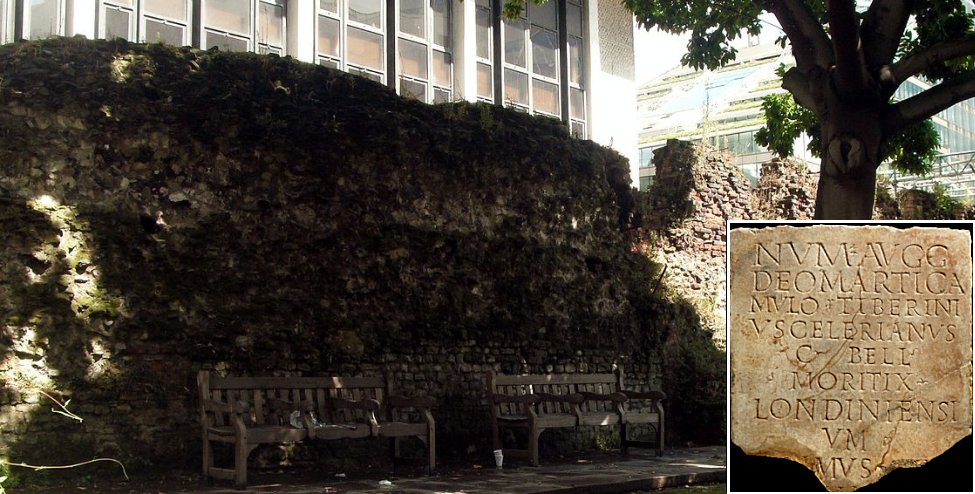 Left: The Roman wall at St Alphege Gardens; Credits: AdamBMorgan - CC0; Right:The first written record to use the word 'Londoners'. Image credit: Udimu - CC BY-SA 4.0
Left: The Roman wall at St Alphege Gardens; Credits: AdamBMorgan - CC0; Right:The first written record to use the word 'Londoners'. Image credit: Udimu - CC BY-SA 4.0
Around 350, a series of 22 solid, semi-circular towers were additionally constructed, and these functioned as bases for ballistae (an ancient form of crossbow used to propel a spear). During the Roman times, several similar town and city walls were constructed by the Romans in England and Wales, and their remains survived until now.
Londinium had been a Roman foundation, and for almost four centuries, it had its importance; later, the great city began to wither and trade, which was so crucial for the town, broke down. The Irish, Scottish, and Saxons from Germany all came to plunder the wealth of Roman Britain. The Roman legions began to withdraw from Britain in 383 AD to secure the Empire's borders in other places of Europe.
According to many researchers, Londinium had always been much more Roman than British, and in the 5th century, still many wealthy Roman families lived in Londinium.
Archaeological excavations revealed their remains in the form of largely hidden hoards of Roman coins and diverse household remains. In 410 AD, Emperor Honorius finally refused to send support to the British Romans. All Roman troops had been withdrawn, leaving the cities of Britain and the remaining Romano-British for themselves.
The Roman Empire's conquest of Britain finally ended, and a new time known as the Dark Ages began.
Written by – A. Sutherland AncientPages.com Staff Writer
Updated on July 22, 2022
Copyright © AncientPages.com All rights reserved. This material may not be published, broadcast, rewritten or redistributed in whole or part without the express written permission of AncientPages.com
Expand for referencesMore From Ancient Pages
-
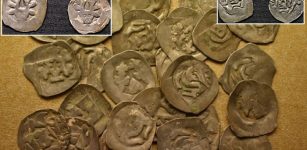 A Hoard Of Silver Coins Found Accidentally Under An Uprooted Tree Near Pieštany, Slovakia
Artifacts | Oct 28, 2020
A Hoard Of Silver Coins Found Accidentally Under An Uprooted Tree Near Pieštany, Slovakia
Artifacts | Oct 28, 2020 -
 Brain Development Differs Between Neanderthals And Modern Humans – New Study
Archaeology | Sep 5, 2022
Brain Development Differs Between Neanderthals And Modern Humans – New Study
Archaeology | Sep 5, 2022 -
 Unique Virtual Look At Gamla Uppsala: Sacred Ancient Viking And Pagan Site In Sweden
Civilizations | Sep 19, 2016
Unique Virtual Look At Gamla Uppsala: Sacred Ancient Viking And Pagan Site In Sweden
Civilizations | Sep 19, 2016 -
 Mama Quilla – Incan Moon Goddess Of Marriage And Fertility Assisted By High Priestesses Of Qoricancha
Featured Stories | Jun 15, 2020
Mama Quilla – Incan Moon Goddess Of Marriage And Fertility Assisted By High Priestesses Of Qoricancha
Featured Stories | Jun 15, 2020 -
 Curse Of The Dancer – Mysterious 1,500-Year-Old Tablet Finally Deciphered
Archaeology | Oct 14, 2019
Curse Of The Dancer – Mysterious 1,500-Year-Old Tablet Finally Deciphered
Archaeology | Oct 14, 2019 -
 Incredibly Well-Preserved 1,000-Year-Old Wooden Ladder Discovered In The UK
Archaeology | Apr 30, 2022
Incredibly Well-Preserved 1,000-Year-Old Wooden Ladder Discovered In The UK
Archaeology | Apr 30, 2022 -
 Mysterious Skeleton Of Unusual Lady Anchoress Of York Barbican Discovered By Archaeologists
Archaeology | Feb 7, 2023
Mysterious Skeleton Of Unusual Lady Anchoress Of York Barbican Discovered By Archaeologists
Archaeology | Feb 7, 2023 -
 More Than 10,000 Pre-Columbian Earthworks Remain Hidden Throughout Amazonian Forests
Archaeology | Oct 5, 2023
More Than 10,000 Pre-Columbian Earthworks Remain Hidden Throughout Amazonian Forests
Archaeology | Oct 5, 2023 -
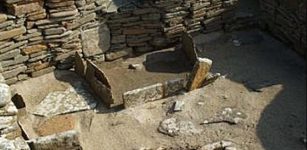 First Bathrooms Appeared Around 8,000 B.C In Scotland
Ancient History Facts | Dec 11, 2016
First Bathrooms Appeared Around 8,000 B.C In Scotland
Ancient History Facts | Dec 11, 2016 -
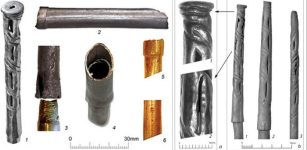 Oldest Surviving Drinking Straws Identified – ‘Sceptres’ From The Maikop Kurgan
Archaeology | Jan 19, 2022
Oldest Surviving Drinking Straws Identified – ‘Sceptres’ From The Maikop Kurgan
Archaeology | Jan 19, 2022 -
 Ancient Roman Altarpieces Deciphered And New Roman Goddess Uncovered In The Netherlands
Archaeology | Jun 18, 2024
Ancient Roman Altarpieces Deciphered And New Roman Goddess Uncovered In The Netherlands
Archaeology | Jun 18, 2024 -
 Dark History Of Pömmelte, The German Stonehenge – What Can The Nebra Sky Disc And Archaeology Reveal?
Archaeology | Jul 3, 2018
Dark History Of Pömmelte, The German Stonehenge – What Can The Nebra Sky Disc And Archaeology Reveal?
Archaeology | Jul 3, 2018 -
 Wreckage of The French Steamship That Sank In Atlantic In 1856 Found Off The Coast Of Massachusetts
Underwater Discoveries | Sep 23, 2024
Wreckage of The French Steamship That Sank In Atlantic In 1856 Found Off The Coast Of Massachusetts
Underwater Discoveries | Sep 23, 2024 -
 On This Day In History: Treaty Of Seville Signed – On Nov 9, 1729
News | Nov 9, 2016
On This Day In History: Treaty Of Seville Signed – On Nov 9, 1729
News | Nov 9, 2016 -
 Unexplained Phenomena Witnessed Around Mysterious Ancient Stone Structures In New York – Can A Sacred Native American Mountain Offer Clues?
Featured Stories | Nov 3, 2024
Unexplained Phenomena Witnessed Around Mysterious Ancient Stone Structures In New York – Can A Sacred Native American Mountain Offer Clues?
Featured Stories | Nov 3, 2024 -
 On This Day In History: Favorite Ship Of King Henry VIII ‘Mary Rose’ Sank – On July 19, 1545
News | Jul 19, 2016
On This Day In History: Favorite Ship Of King Henry VIII ‘Mary Rose’ Sank – On July 19, 1545
News | Jul 19, 2016 -
 Curious Celestial Boats, Knowledge Of Time Travel And Time Dilation In The Egyptian Papyrus Of Ani And Nu?
Ancient Mysteries | Aug 5, 2017
Curious Celestial Boats, Knowledge Of Time Travel And Time Dilation In The Egyptian Papyrus Of Ani And Nu?
Ancient Mysteries | Aug 5, 2017 -
 Engraved Trees Are Living Records Capturing The Rich History And Traditions Of The Sámi People
Archaeology | Nov 21, 2024
Engraved Trees Are Living Records Capturing The Rich History And Traditions Of The Sámi People
Archaeology | Nov 21, 2024 -
 Genghis Khan Has 16 Million Relatives – You Could Be One Of Them
Ancient History Facts | Feb 3, 2018
Genghis Khan Has 16 Million Relatives – You Could Be One Of Them
Ancient History Facts | Feb 3, 2018 -
 World’s Oldest Paycheck Reveals Ancient Sumerian Workers Were Paid In Beer
Ancient History Facts | Nov 22, 2018
World’s Oldest Paycheck Reveals Ancient Sumerian Workers Were Paid In Beer
Ancient History Facts | Nov 22, 2018

